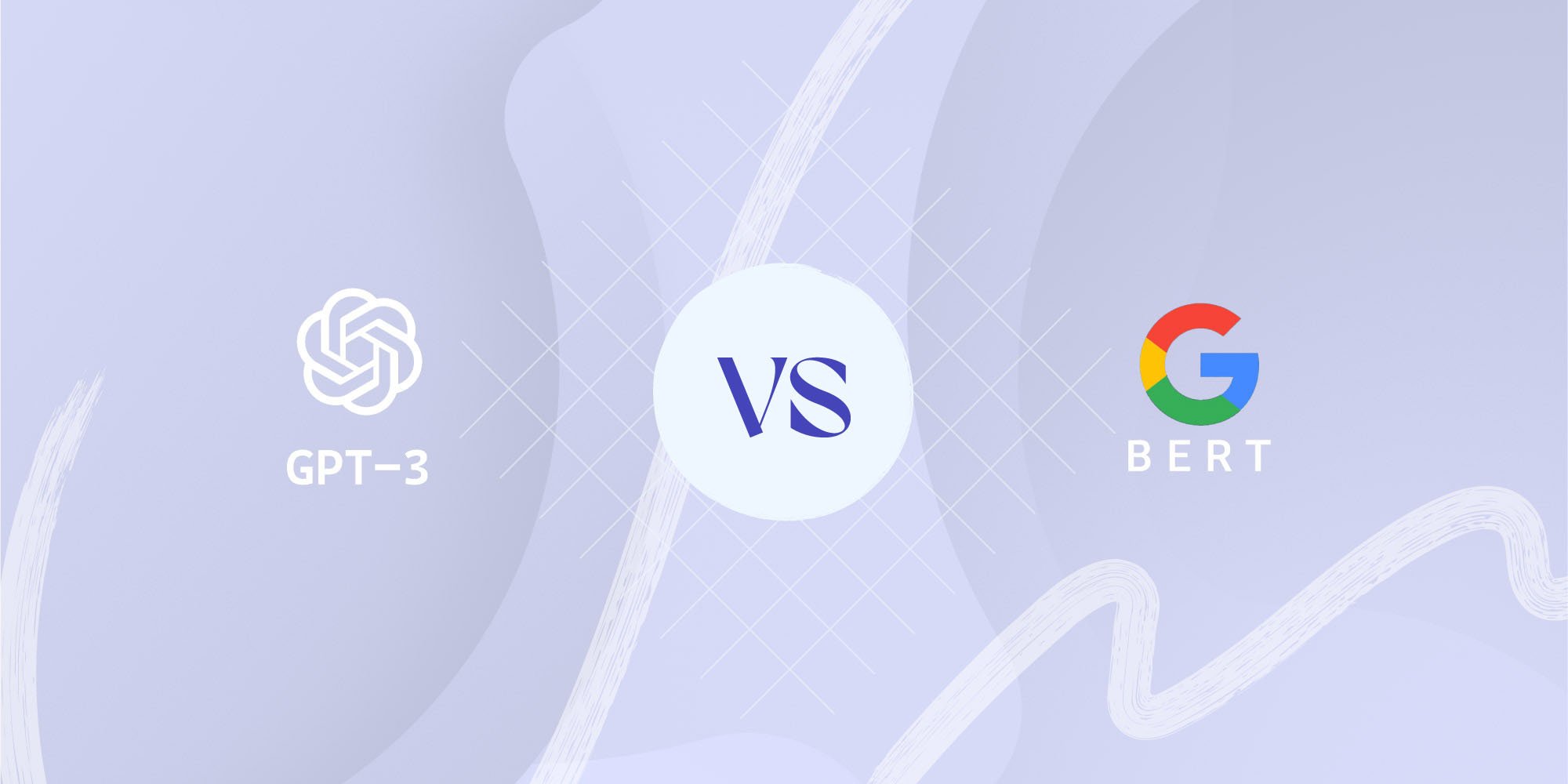Natural language processing (NLP) has advanced significantly in recent years, thanks to the development of powerful models like GPT-3 and BERT. These large language models enable the creation of sophisticated applications that can understand and interact with human language.
Initially, ChatGPT gained popularity as a disruptive chatbot, but it soon evolved into a competition between language models to power AI content. To better understand their differences and similarities, we compared GPT-3 and BERT, delving into their capabilities and exploring the tools that utilize them.
Let’s delve deeper into natural language processing and examine the two leading tools in the field.
What is GPT-3 (Generative Pre-trained Transformer)?
GPT-3 (Generative Pre-trained Transformer 3) is an autoregressive language model developed by OpenAI. Trained on a dataset of 45TB of text from sources like Wikipedia, books, and webpages, GPT-3 can generate human-like text and perform tasks such as question answering and language translation.
Examples of AI-writing tools based on GPT-3
Several AI content writing tools leverage GPT-3 for their functionality.
What is BERT (Bidirectional Encoder Representations)?
BERT (Bidirectional Encoder Representations from Transformers) is another popular language model developed by Google AI. Unlike GPT-3, BERT is a bidirectional transformer model that considers both left and right context when making predictions, making it ideal for sentiment analysis and natural language understanding tasks.
BERT use cases
BERT serves as the foundation for various services, including Google Search Engine and Huggingface Transformer Library.
Differences between GPT-3 and BERT
The primary difference between GPT-3 and BERT lies in their architecture. GPT-3 is autoregressive, while BERT is bidirectional, allowing it to consider both left and right context for predictions. This difference affects their performance in tasks like sentiment analysis and language understanding.
Another distinction is the size of their training datasets, with GPT-3 trained on a larger dataset than BERT. Additionally, GPT-3 has more parameters, making it more extensive than BERT.
Similarities between GPT-3 and BERT
Despite their differences, GPT-3 and BERT share similarities like using the Transformer architecture and being unsupervised learning models. They can both perform various NLP tasks with varying degrees of accuracy.
GPT-3 vs. BERT: capabilities comparison
Both models excel at NLP tasks, with GPT-3 performing well in tasks like summarization and translation due to its larger training dataset. On the other hand, BERT is better suited for sentiment analysis and NLU tasks.
Conclusion
GPT-3 and BERT are valuable tools for NLP tasks, each excelling in specific areas based on their architecture and training dataset size. The choice between the two models depends on the task at hand and the desired outcome.
Frequently Asked Questions (FAQ)
What is GPT-3?
GPT-3 is an autoregressive language model developed by OpenAI, capable of generating human-like text and performing various tasks.
What is BERT?
BERT is a bidirectional transformer model developed by Google, focusing on understanding context from text in both directions.
How do GPT-3 and BERT differ in their approach?
GPT-3 predicts the next word in a sequence, while BERT considers the context of each word from both directions in a sentence.
Which tasks are GPT-3 and BERT best suited for?
GPT-3 is ideal for generating text, while BERT excels at tasks requiring deeper understanding of text.
BERT excels in tasks that require a deep understanding of text context, such as answering questions, language translation, and enhancing search engine results. Each model, including GPT-3, has its own strengths that can be combined to create more powerful language-based applications. By leveraging BERT’s ability to interpret user queries and GPT-3’s capacity to generate detailed responses, developers can create unique and engaging content that feels like a direct conversation with readers. This new content can seamlessly integrate into a WordPress platform while preserving the original HTML tags, headers, and key points.



